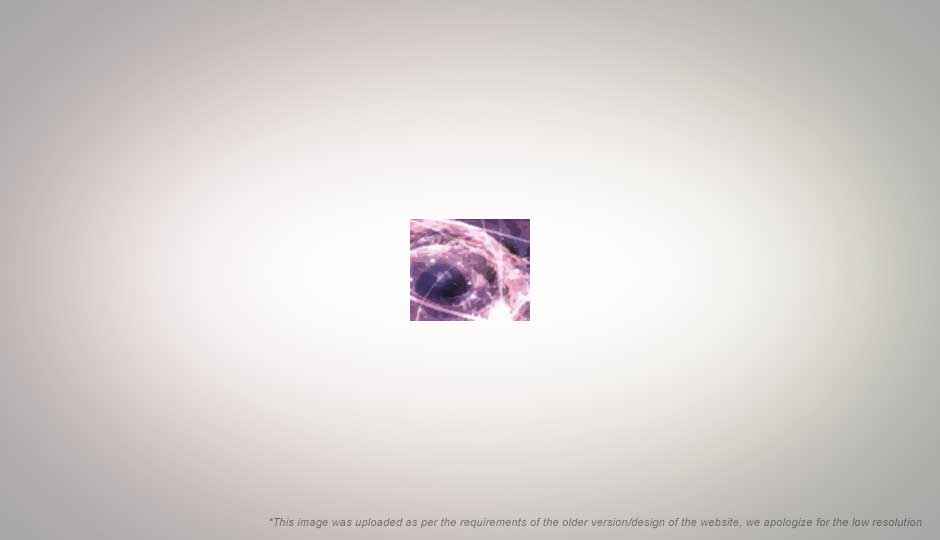Quantum Communication goes super-secure

Quantum particles, i.e. small sub-atomic particles like photons, are the carriers of information in Quantum Communication, where the ‘quantum state’ of the particle determines whether you are sending a 0 or a 1. While encrypting Quantum messages was already possible, researcher Robert Malaney, has further made Quantum Communication super-secure. The University of New South Wales’ telecommunications researcher has developed a technique called ‘unconditional location verification’, where the location of the recipient of information is fixed. The protocol proposes to send an encrypted key to three wireless towers closest to the recipient, who is then required to decrypt and send back the information instantaneously. The location of the recipient is then determined using knowledge of transmission speeds, and further communication takes place only if the recipient is at the desired location. So, even if someone has mastered the decryption of all your classified information, he’d probably need to have the audacity of standing in your vicinity to do it.
The security that this technique provides would be desirable for organisations like banks, intelligence agencies, digital media distributors etc., who need point-to-point communication. This, for example, will ensure that the encryption technique of your bank transactions are further strengthened by cross checking your location of access, which in this case might be your home address, which is registered with the bank. For more information about the latest security technologies, click here.

